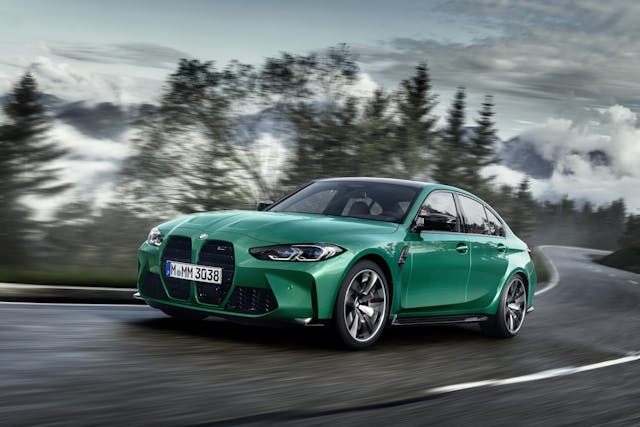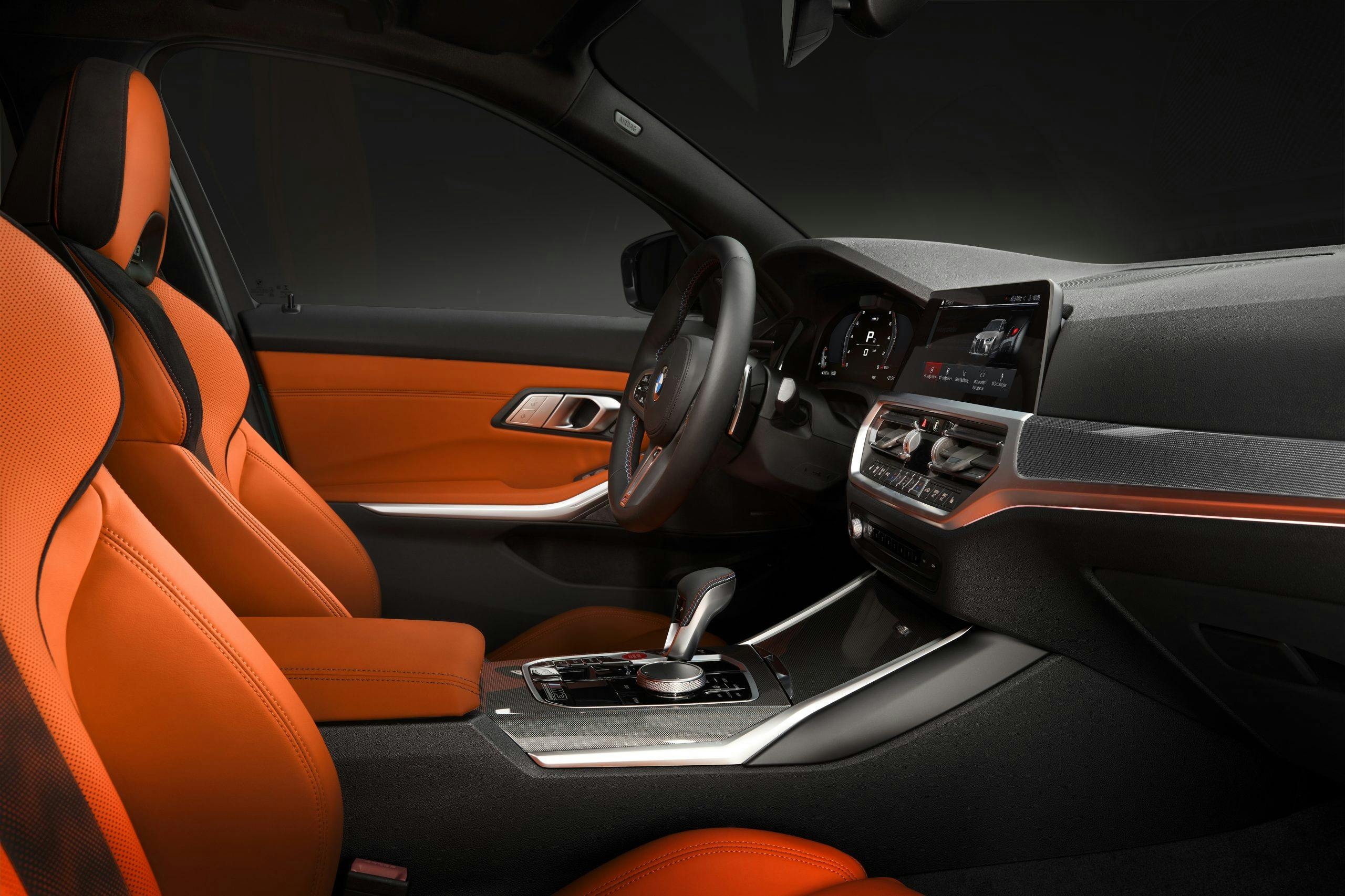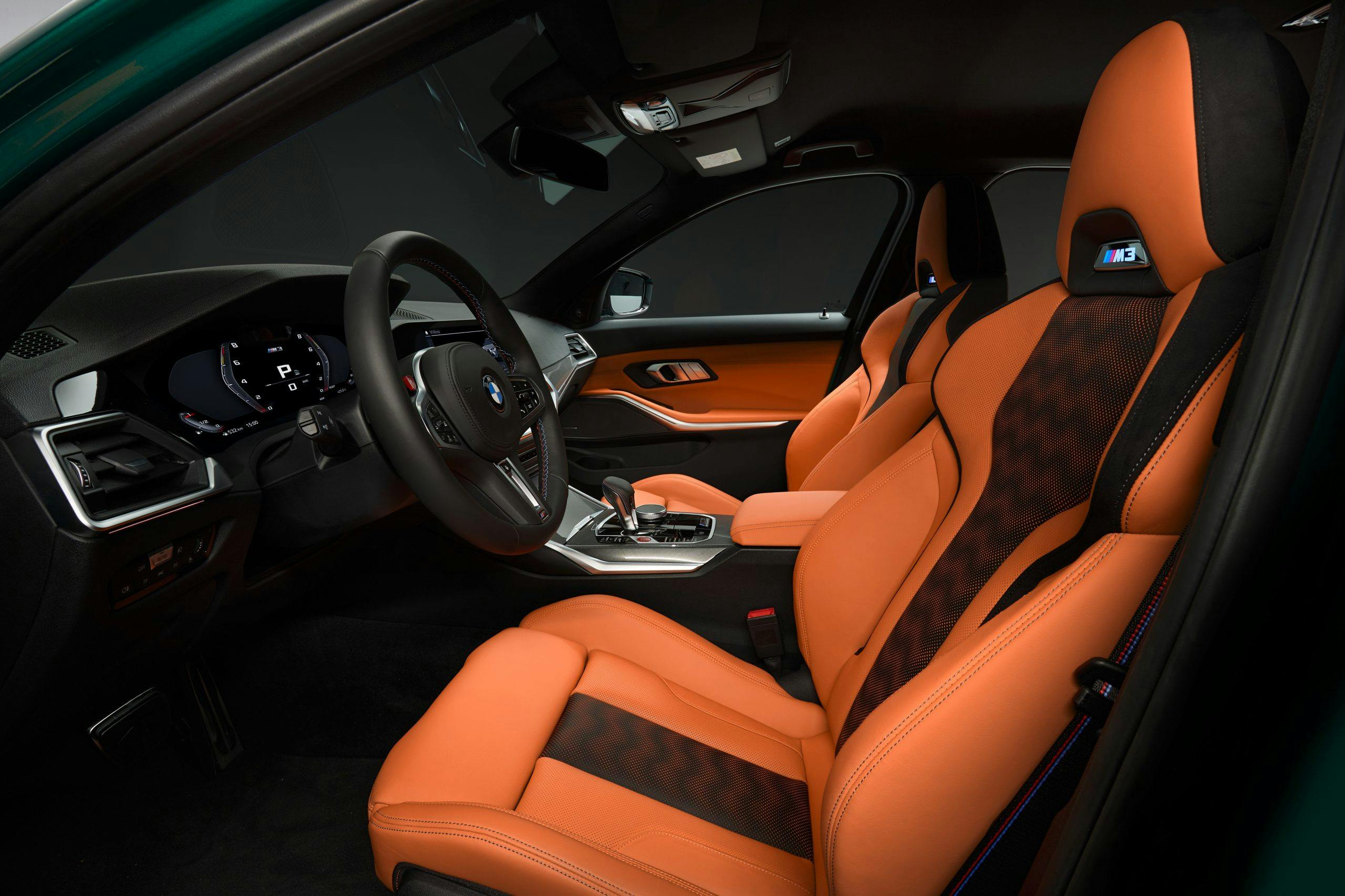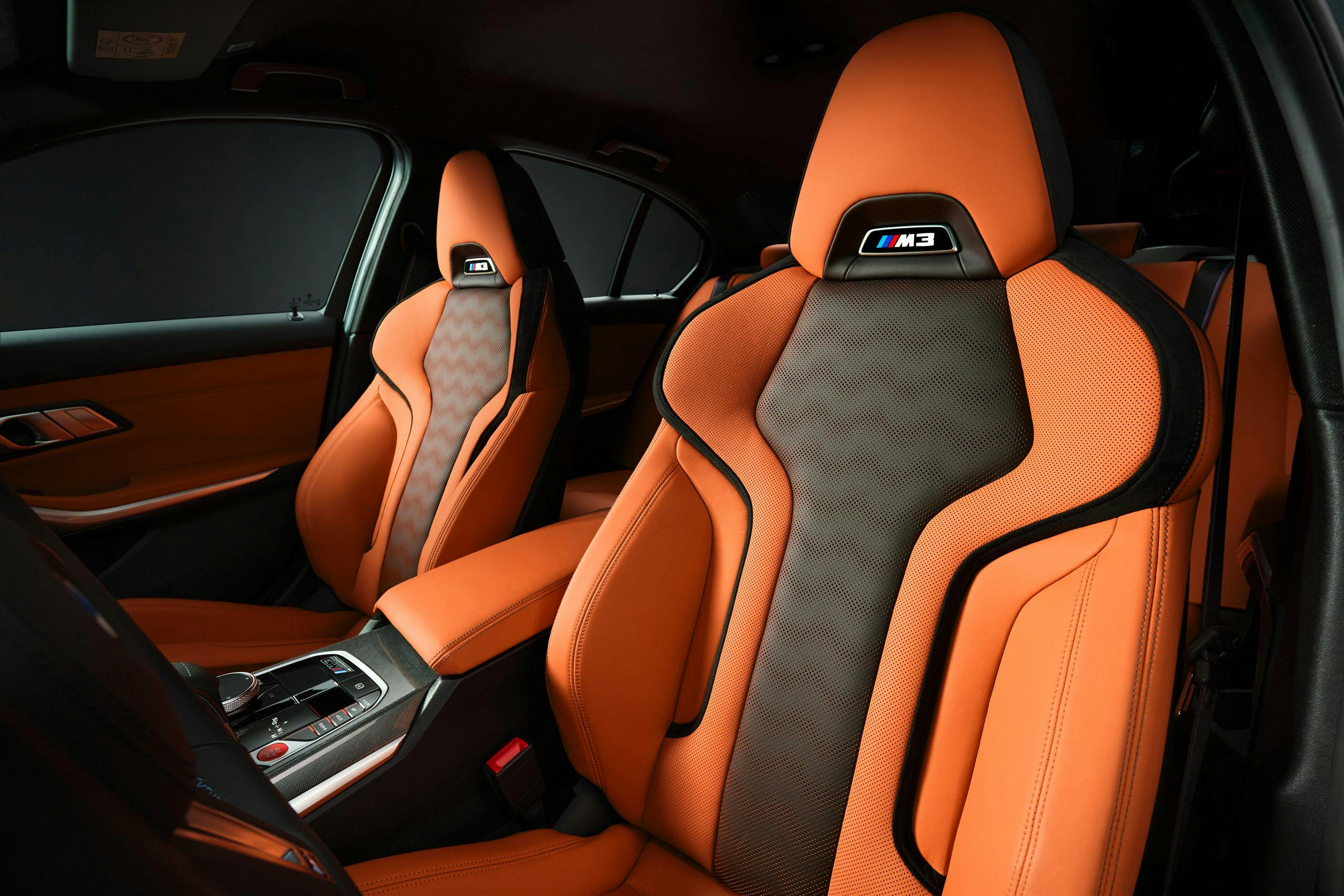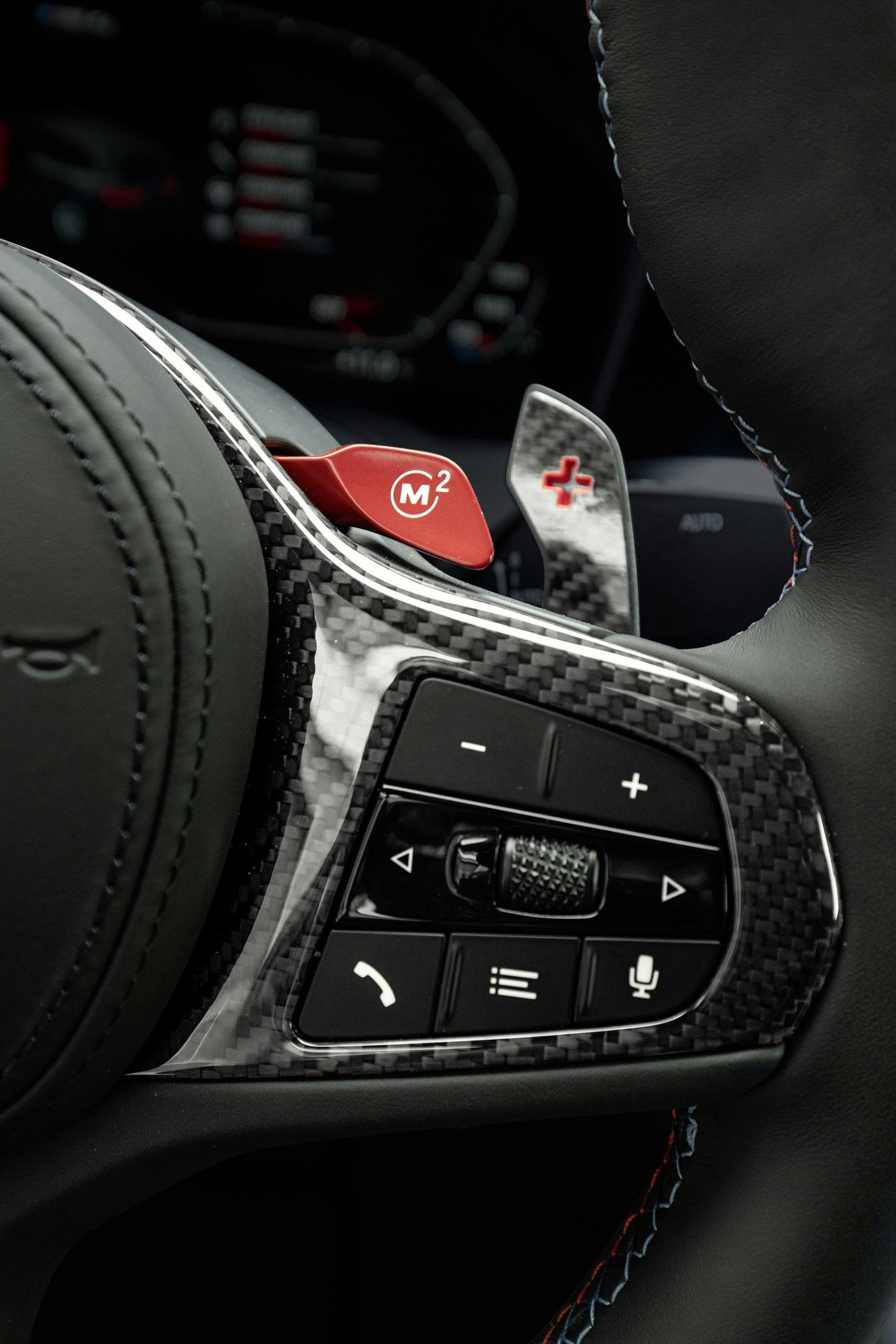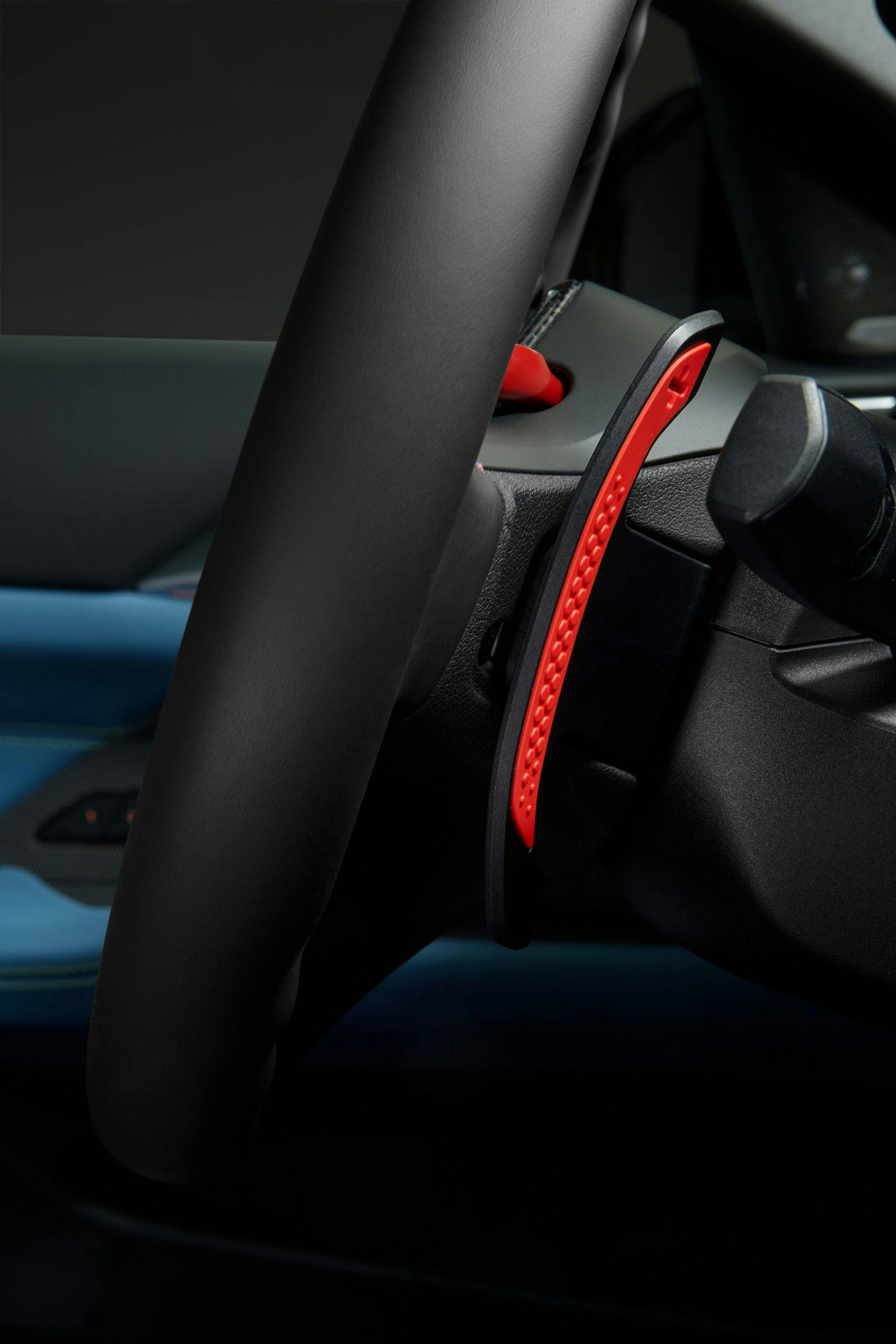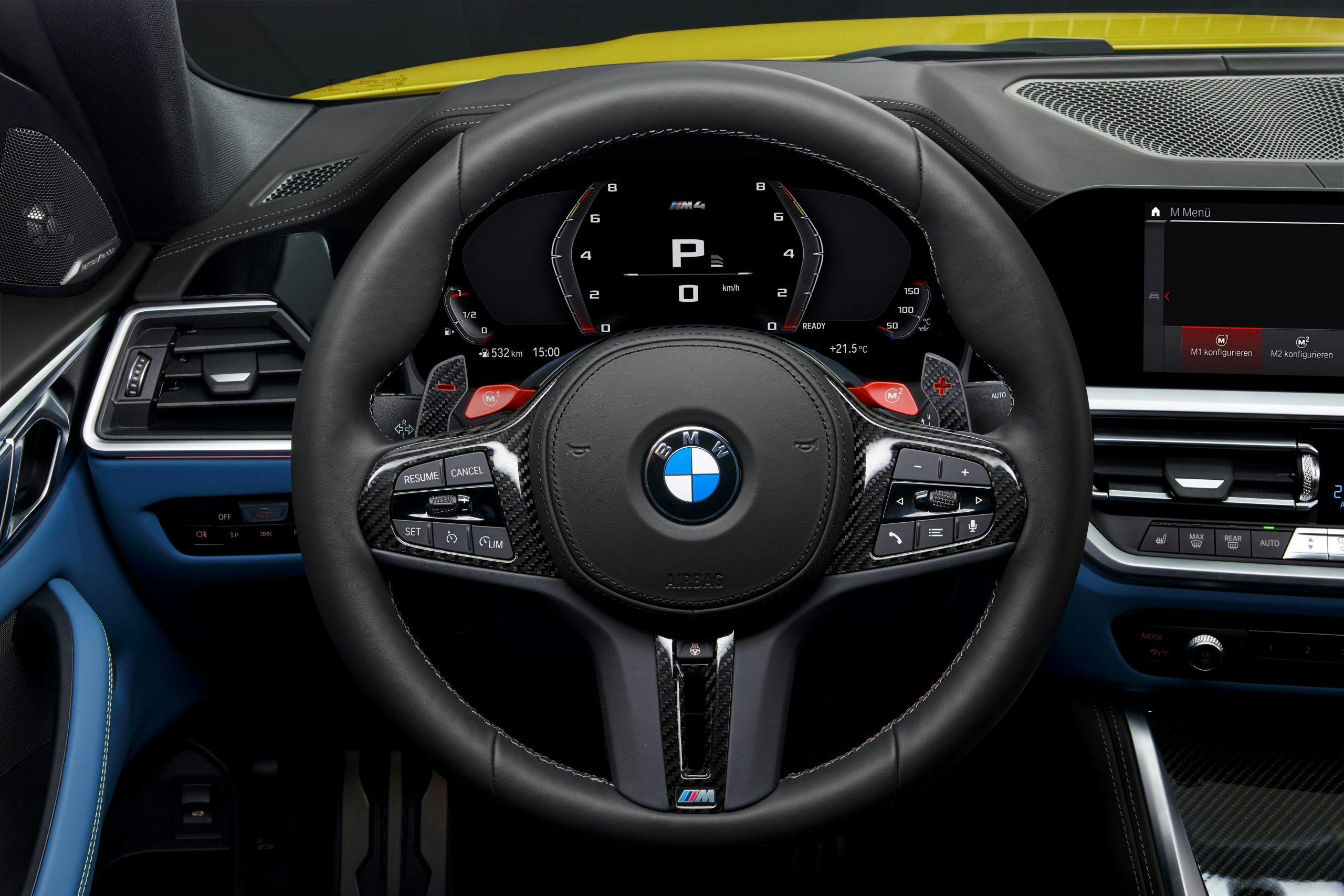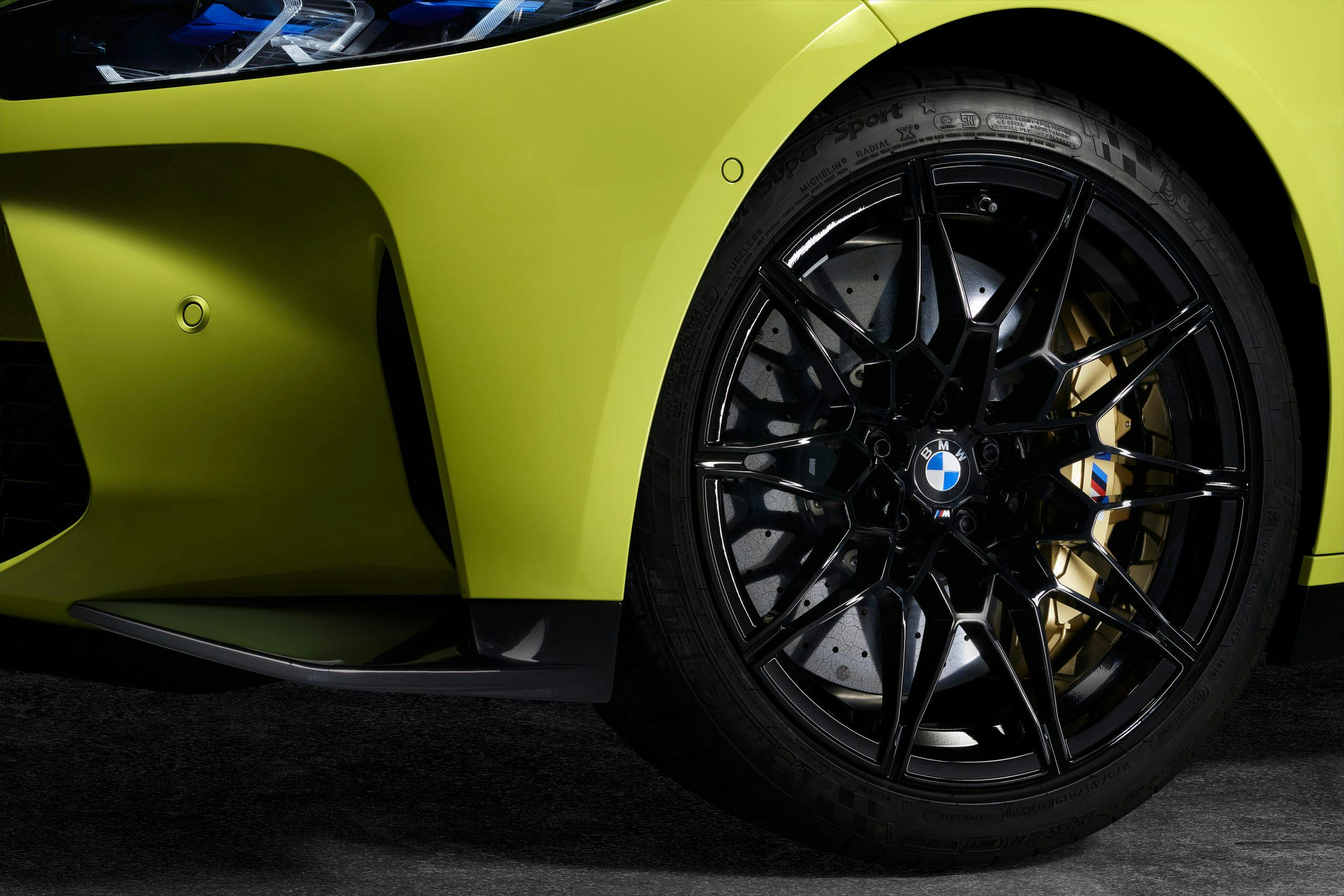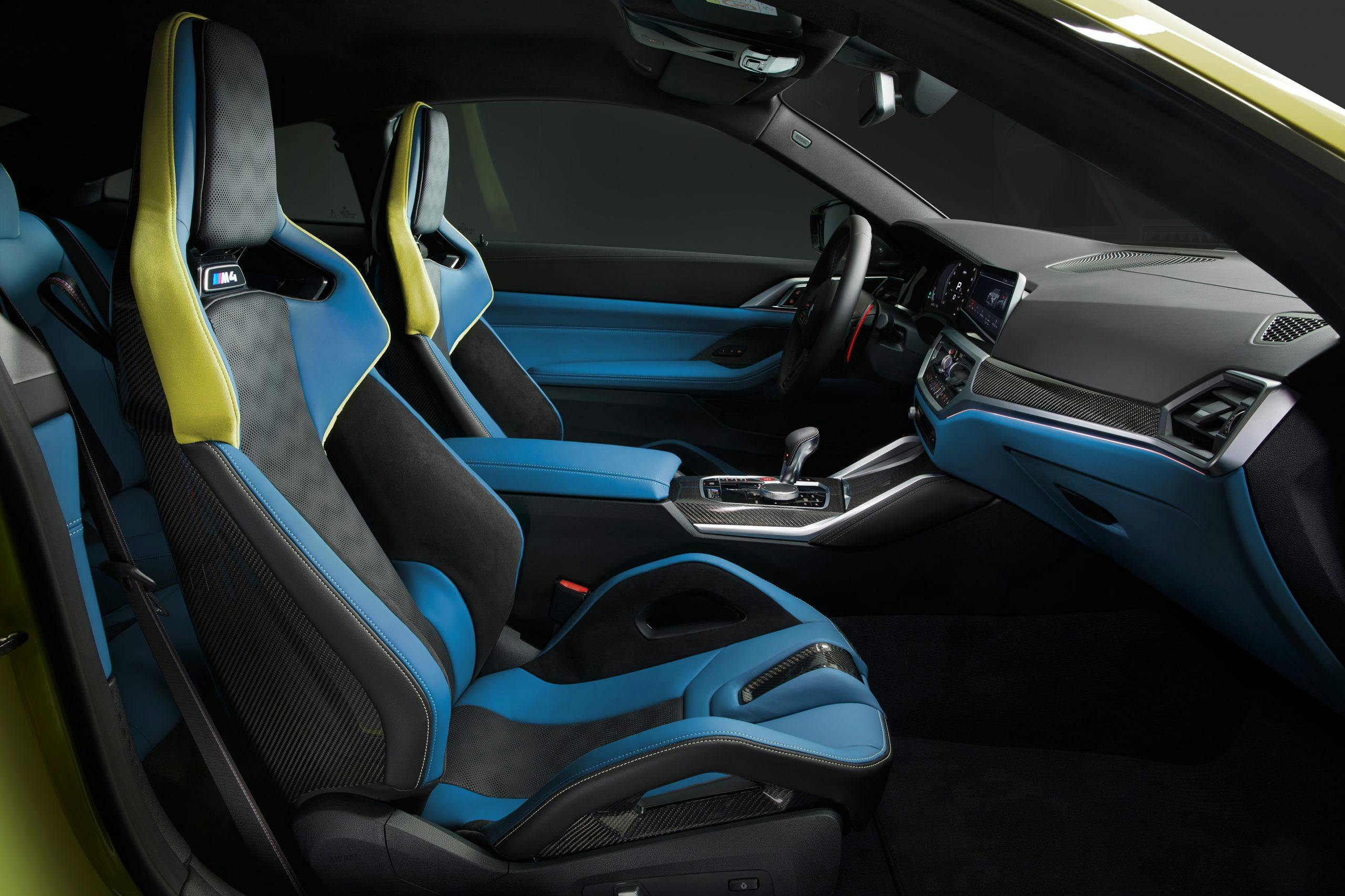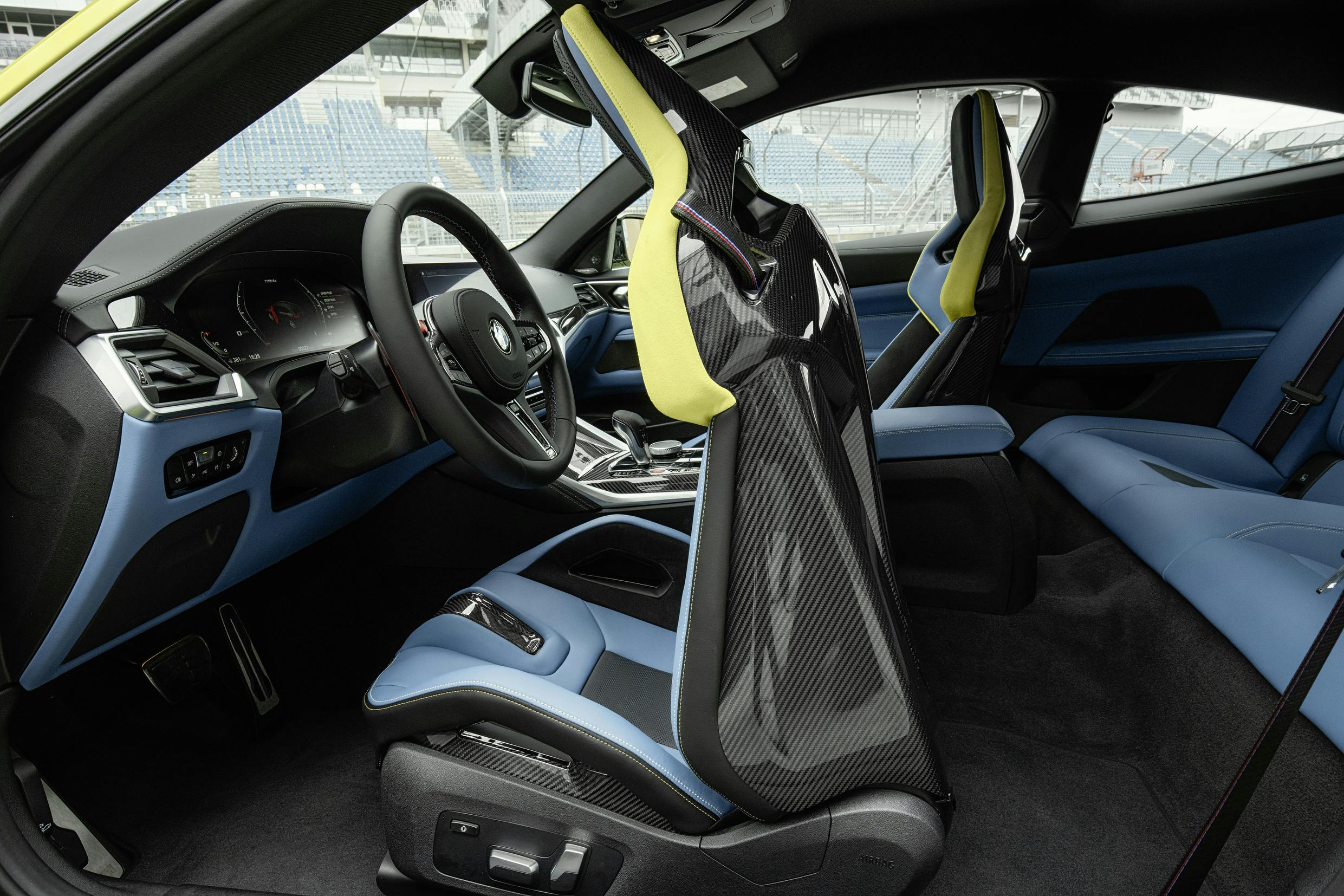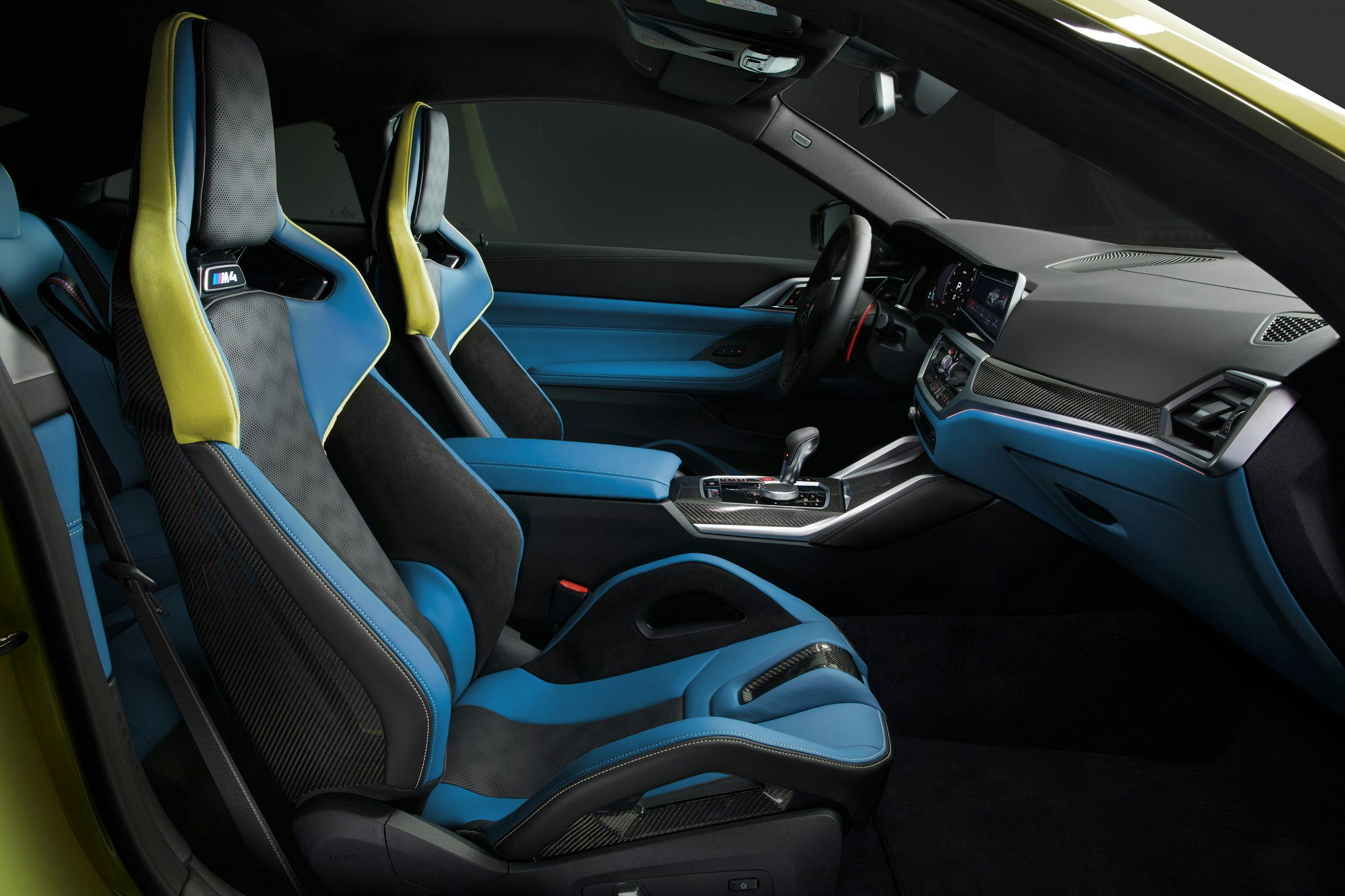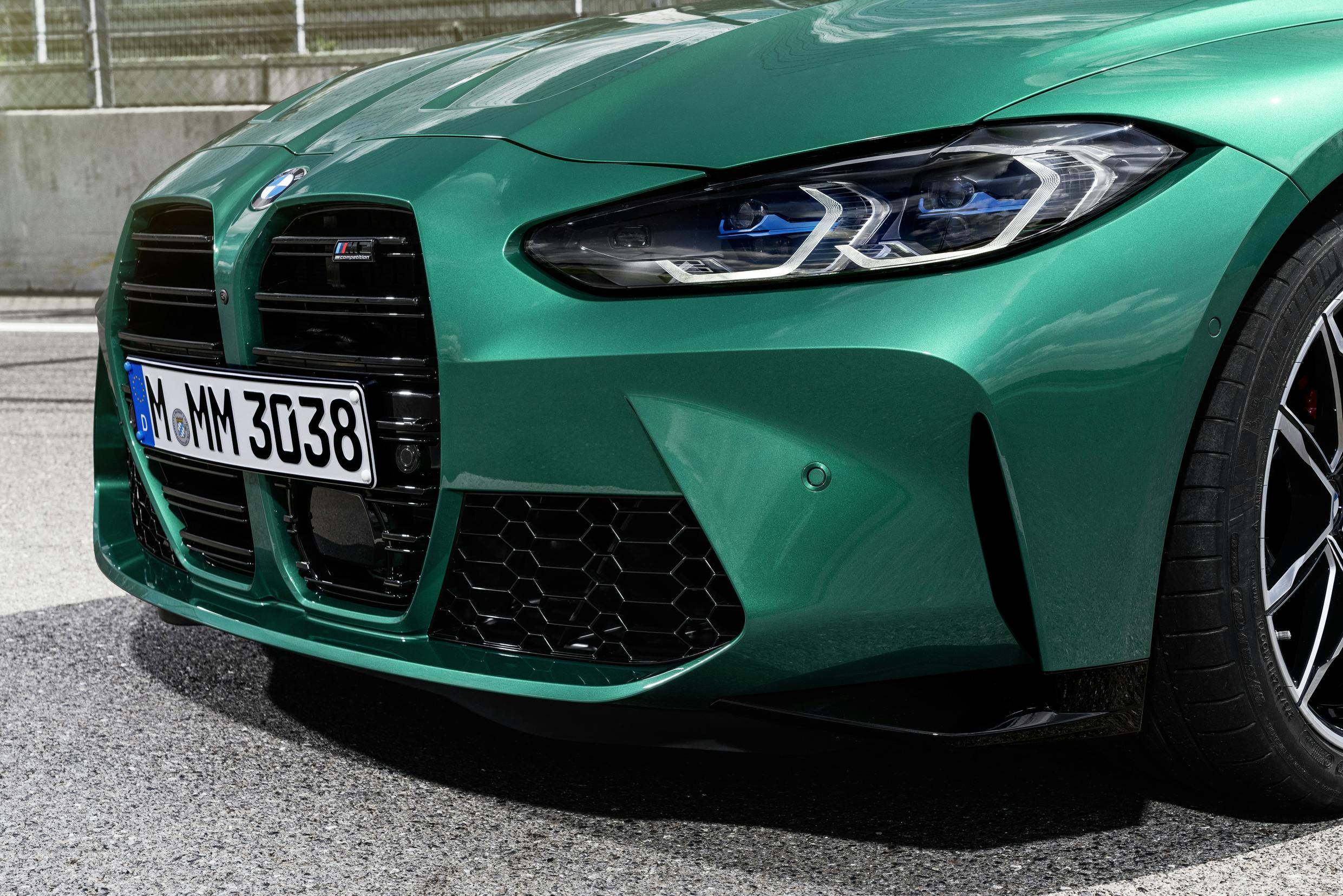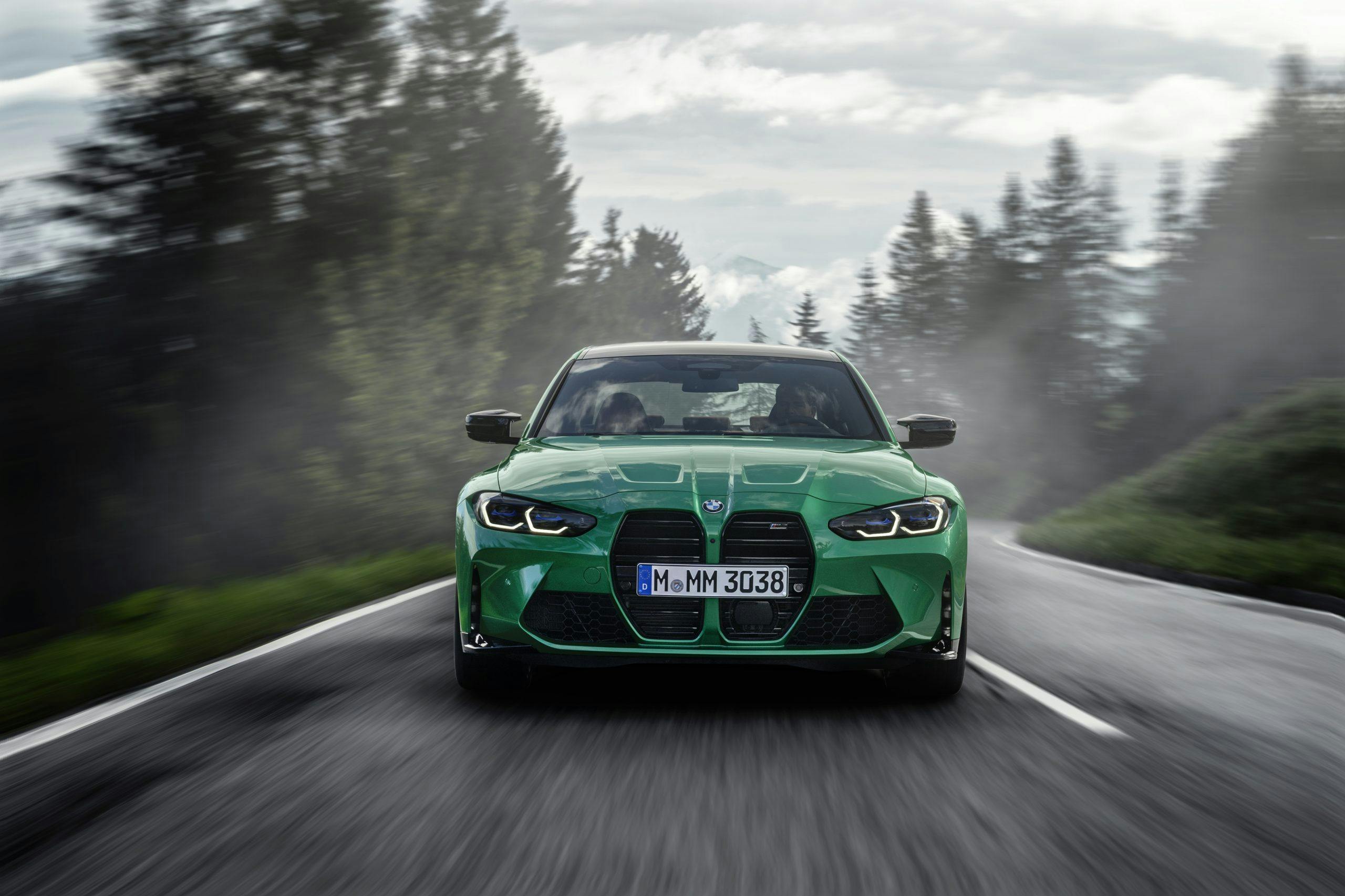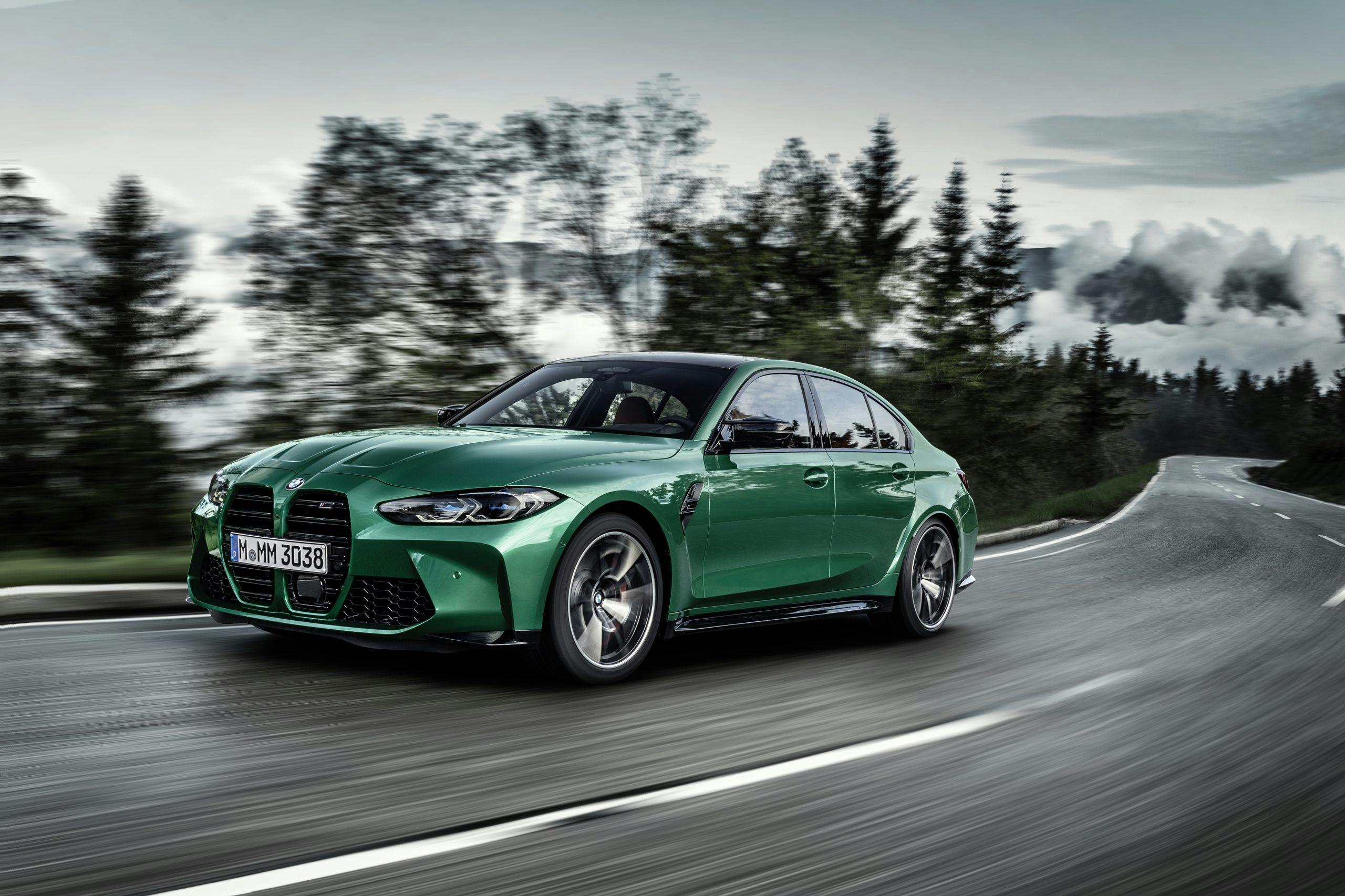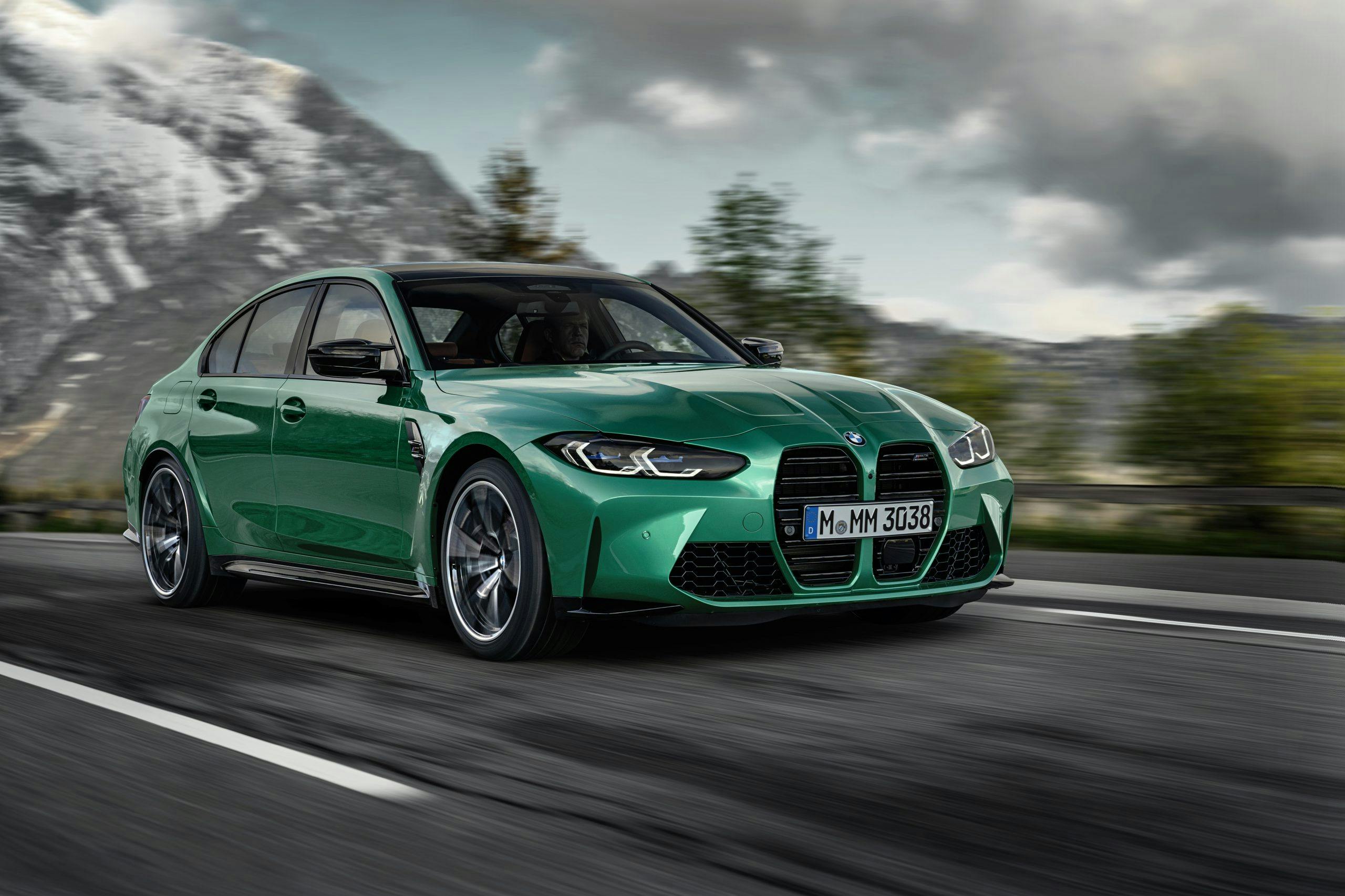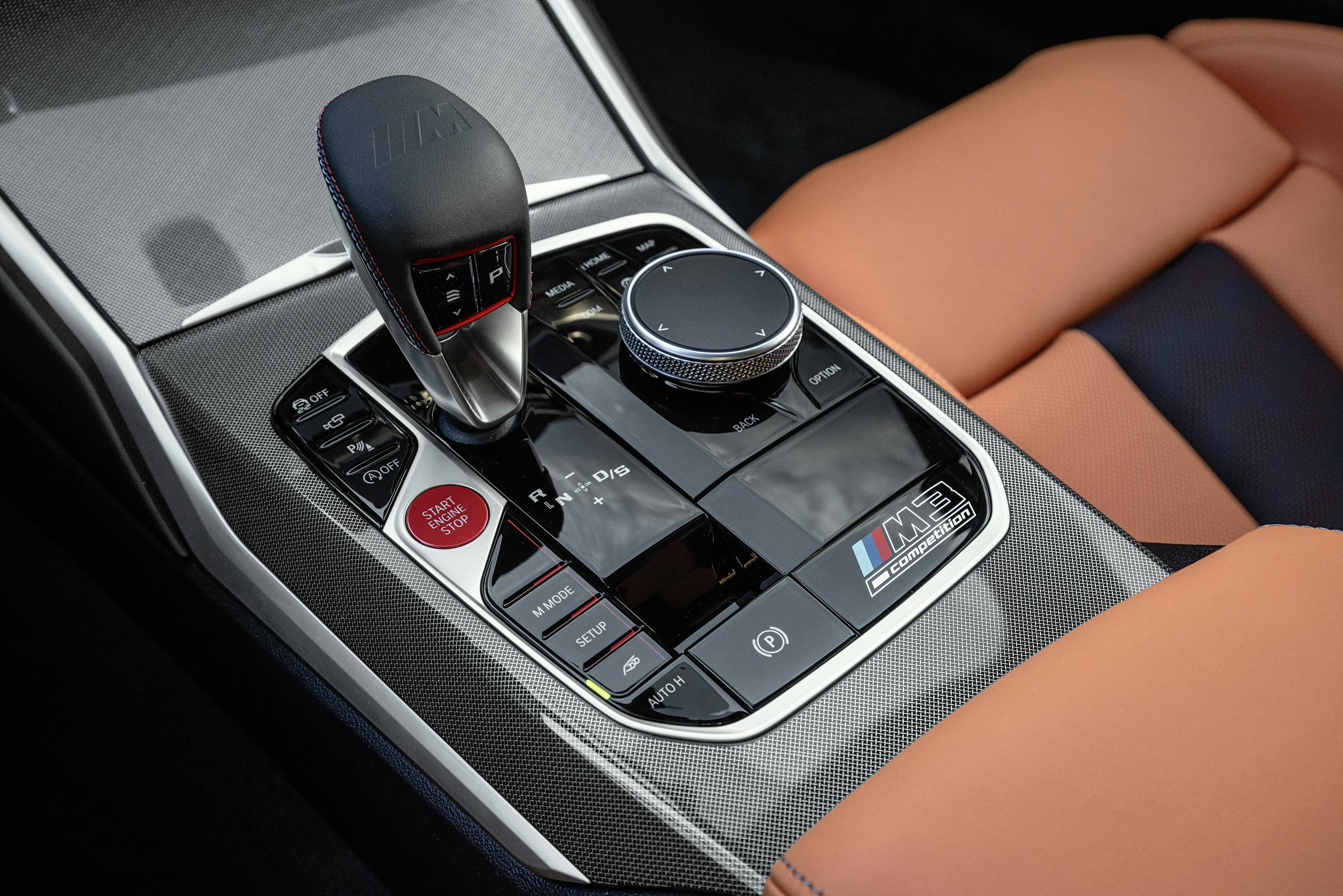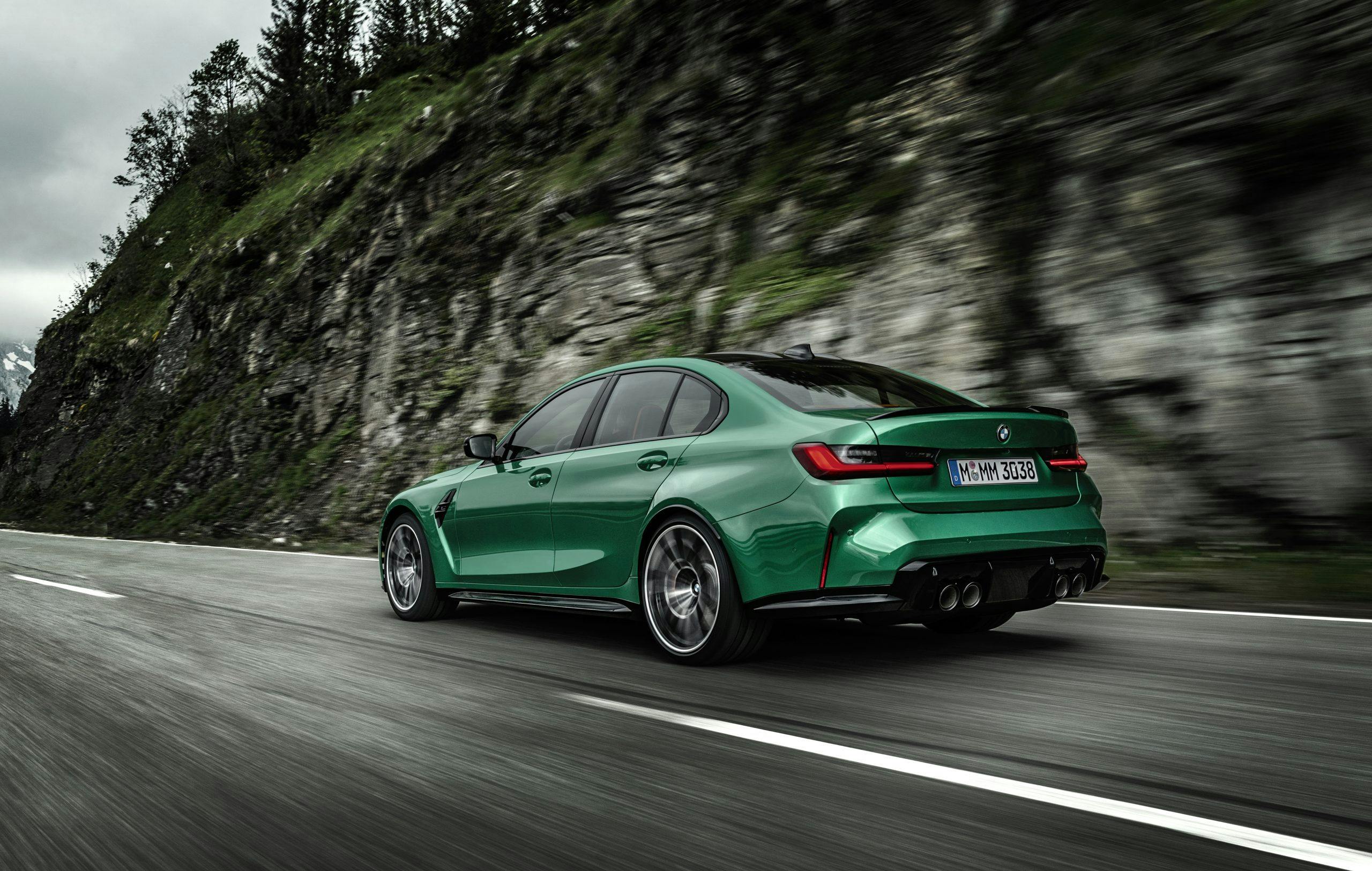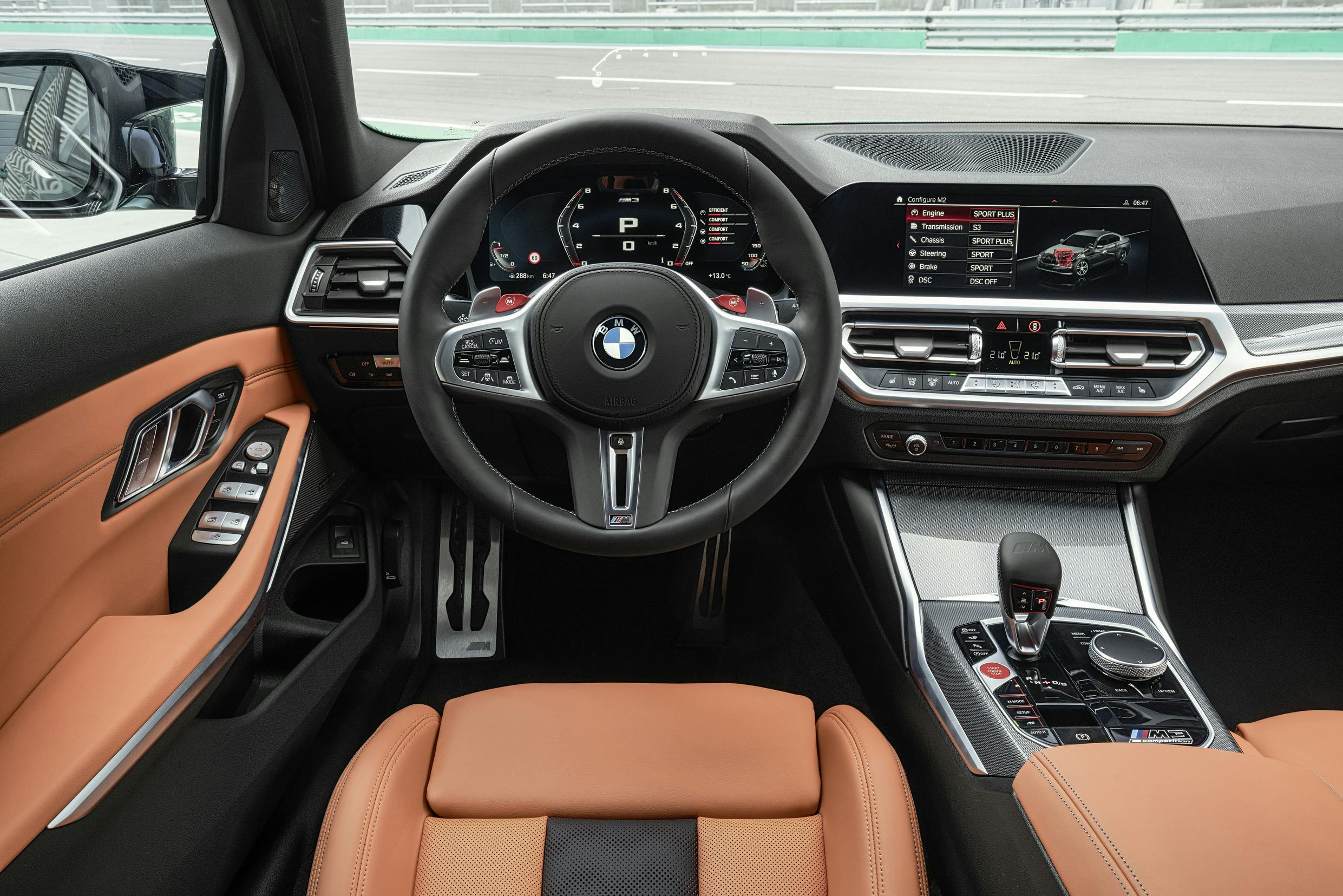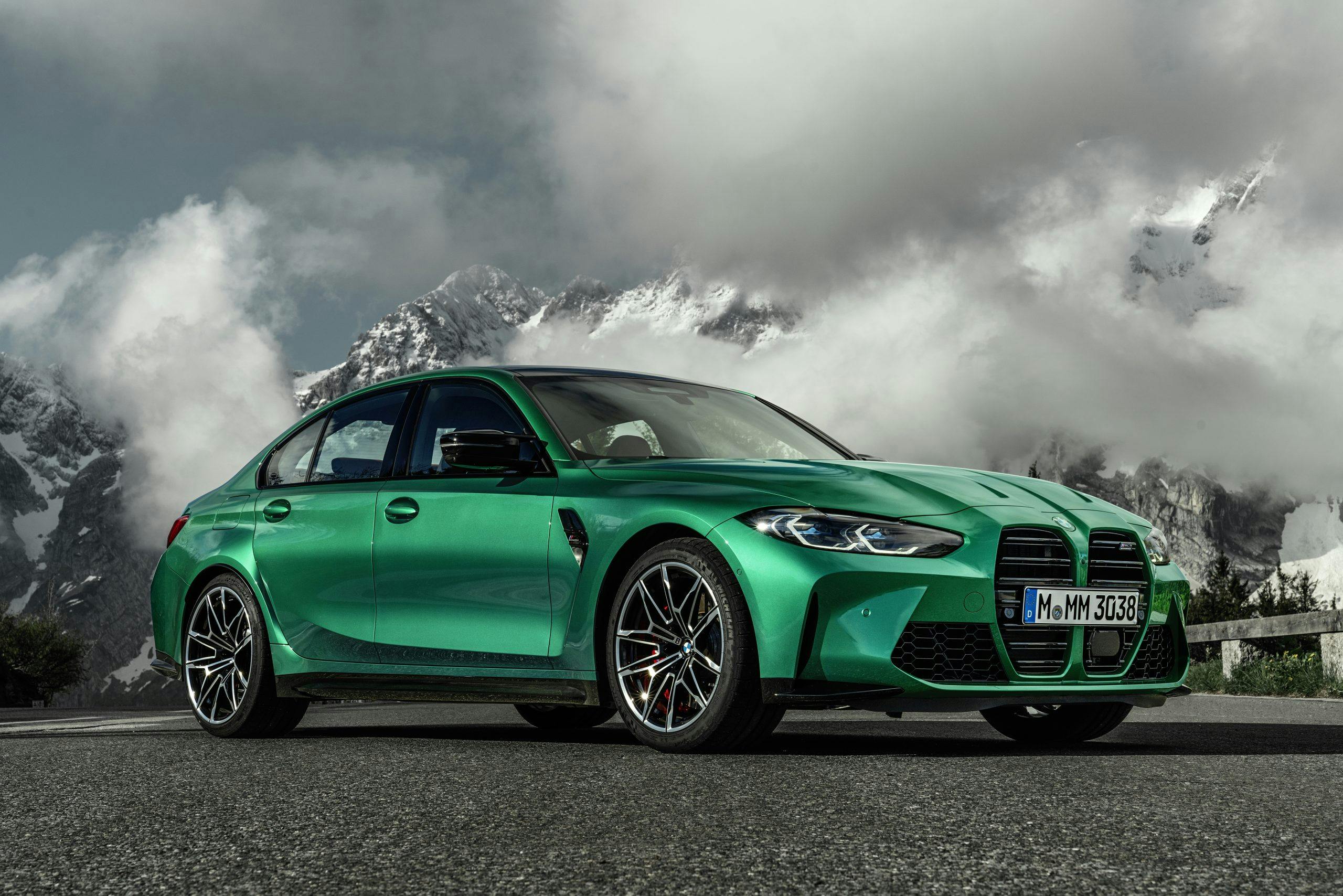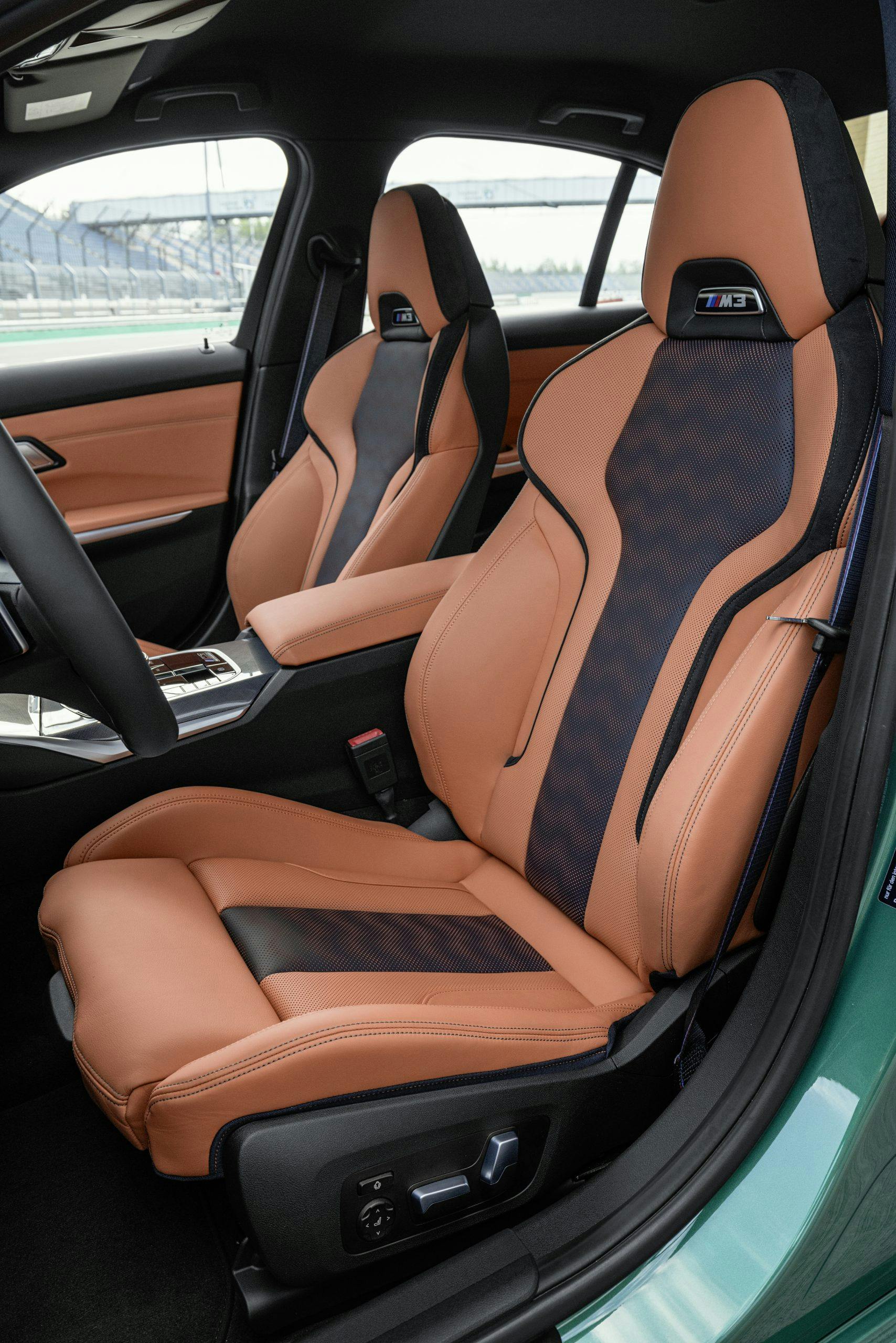Revealed: 2021 BMW M3 and M4
In the world of BMW M cars, three is the magic number. The M3 is the performance division’s most successful road burner, with deep motor racing roots. Home is at the production line in Garching, on the outskirts of Munich, and 35 years after it first took drivers’ breath away, the latest, 503-hp M3 Competition seems set to leave them more breathless than ever.
In a sign that the famed horsepower war between the world’s performance car makers is a long way from reaching a truce, the new M3 boasts 473 hp while the M3 Competition brings 503 to the table, more than 50 hp more than the outgoing model. And it finally drives all four wheels—if desired.

Yet perhaps the most telling development of the sixth-generation M3 (and its M4 sibling) is not how many horses the twin-turbo straight-six cylinder engine can generate. Instead, it is the latest suite of electronic driver aids. For the first time, the M3 now features a traction control system with 10 stages of adjustment, a development that is a far cry from the 1980s when drivers including Steve Soper, Frank Sytner, Eric van de Poele, and Roberto Ravaglia relied on nothing more than reflexes to hustle the M3 to victory on Europe’s race tracks.
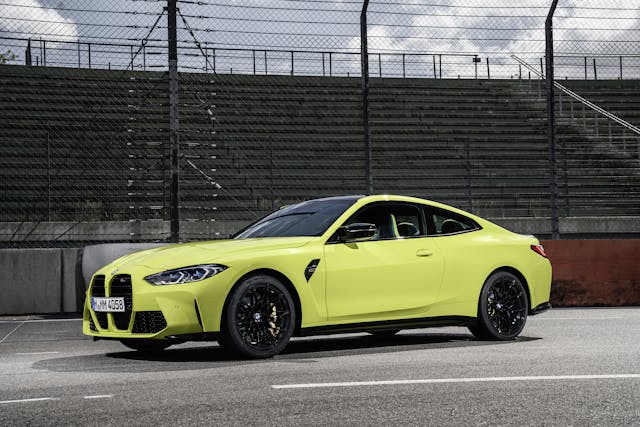
The new system is called M Traction Control—part of M Drive Professional—and it allows drivers to adjust the thresholds at which the electronics reign in the engine and gently brake the wheels to prevent wheel spin. In case that wasn’t enough to keep over-enthusiastic drivers on the straight-and-narrow, the latest M3 and M4 will also be offered with the option of xDrive, BMW’s all-wheel-drive system. It will include the Active M Differential for the rear axle and will be available from the summer of next year, says BMW, but only on the M3 Competition and M4 Competition, which are only equipped with an automatic transmission.
Before purists decry the engineers at M GmbH for going soft, it should be noted that with the stability control system canceled, xDrive reverts to rear-wheel drive, allowing anyone to indulge their inner hooligan and treat the back tires to a cremation. Of course, the M3 and M4 come standard with a six-speed manual transmission.
The 3.0-liter, straight-six, twin-turbo engine in the Competition models develops 503 hp from 5500 rpm through to the 7200 rpm redline, while the peak torque of 479 lb-ft is available from 2700 rpm to 5500 rpm. Those numbers are sufficient to propel both the M3 and M4 from 0-62 mph in 3.9 seconds and on to an electronically limited top speed of 155 mph.
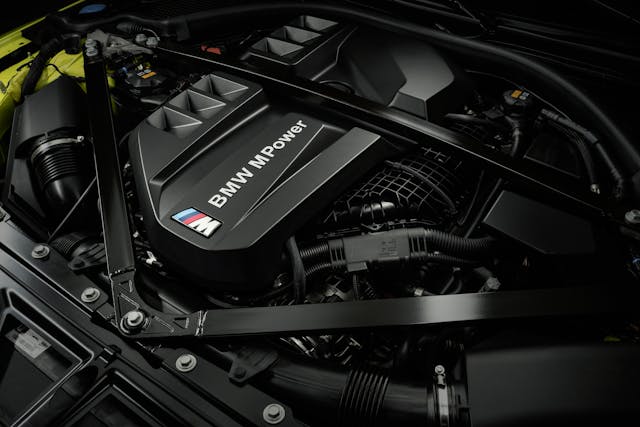
Naturally, driving modes abound; these, in turn, influence the feel and sound of the car. The steering weight, throttle response, gear changes, driving aids, and adaptive dampers can all be tailored. Owners will even be able to adjust the feel of the brake pedal, with a new Comfort and Sport selection on the sixth-generation M3. The M Drive Professional option analyses a driver’s inputs during hot laps, which can be examined in frustration or shared in celebration with other drivers, using the BMW M Laptimer app which is available for iPhone users.
Those who want to go a step further can specify M Pro Package, which brings carbon-ceramic brake discs with the M Driver package. Further still? Try the M Carbon Package, which adds carbon-fiber reinforced plastic (CFRP) styling accents to the bodywork and a pair of lightweight CFRP bucket seats, the latter saving almost 10kg over the regular M sport seats.
Four versions will be initially available. The M3 saloon will start at $70,895 and the M3 Competition will begin at $73,795. The M4 coupe will cost $72,795 and the Competition will begin at $75,695. A Touring version of the M3 is due to join the family for the first time, in 2022, but it will not come stateside.
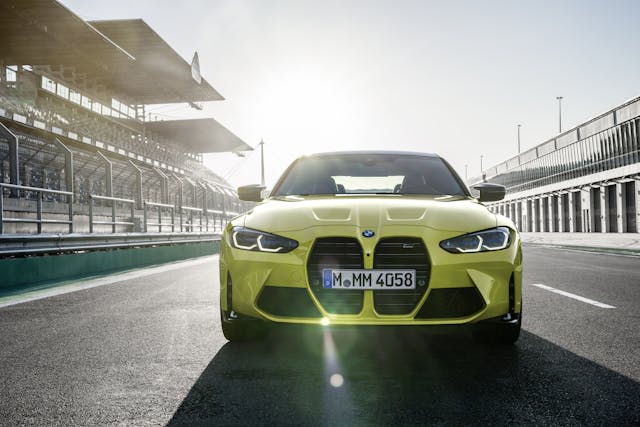
Naturally, the talking point of the 2021 M3 and M4 dynamic duo is the way they look. At the front. Around the grille. You know, the kidney grille that no longer looks like a pair of kidneys. At this point, we’ll conveniently step aside and let you have your say on such subjective issues.
